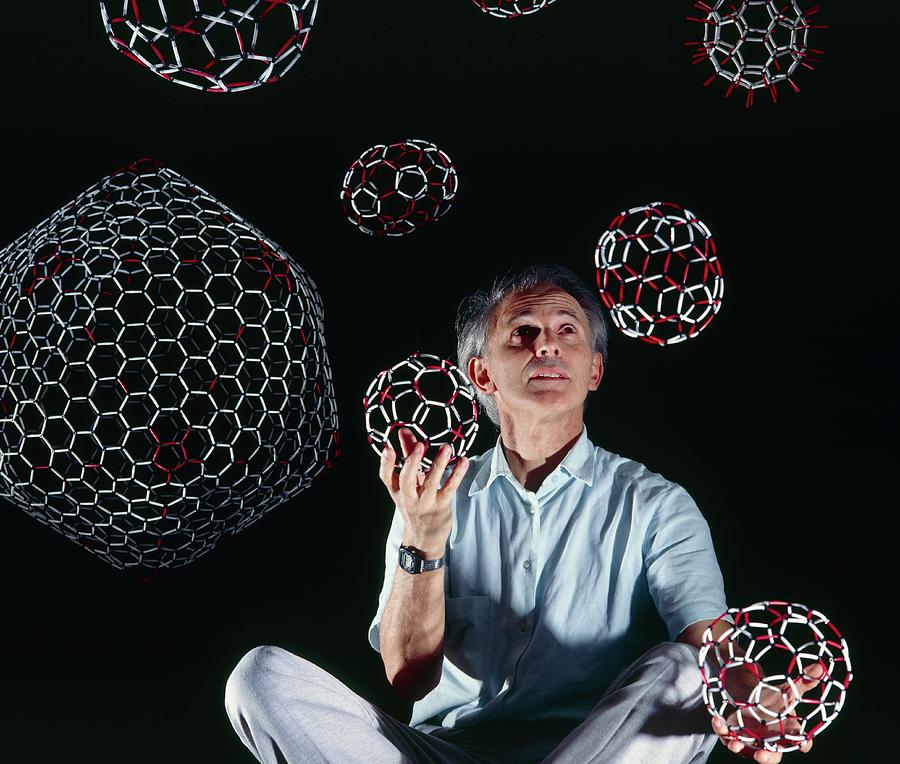Remembering Sir Harry Kroto and his BuckyBall Discovery
Posted 7th Oct 2019
Today we remember Professor Sir Harold Kroto, born on this day 1939, who studied Chemistry at the University of Sheffield and in 1961 where he obtained a first class BSc honours degree, followed in 1964 by a PhD.
In 1996 he was awarded the Nobel Prize for co-discovering a new form of carbon, known as "buckminsterfullerene" (the model of which is nicknamed the Buckyball), which stands alongside the two other well-defined forms, diamond and graphite.
During his lifetime Professor Kroto provided educational outreach workshops all around the world in his quest to engage children of all age ranges on science. On his annual visit to the University of Sheffield he worked with local schools and delivered the workshops to Year 6 pupils.
His 'Global Educational Outreach' network continues to provide a simple way of recording and publishing on the Internet. As it is a highly flexible medium it enables a wide range of different educational approaches to be explored and it is particularly useful for SET teachers who will find valuable downloadable teaching resource material created by the best science and technology experts and educators on the Geoset website.
The Kroto Schools Laboratory:
In 2017, the University of Sheffield unveiled a revitalised schools' laboratory, in the University’s Dainton Building. The refurbishment was made possible thanks to the generous donations of alumni who, like Sir Harry, are committed to ensuring young people have access to science and engineering. Sir Harry delighted in sharing his passion for science with a young audience and the Laboratory continues his legacy through STEM champions and a breadth of outreach activity.
We are very proud that the University continues to use the Cochranes of Oxford fullerene models in its teachings and our buckyballs can be seen in this photo of Sir Harold.



 Your basket is empty
Your basket is empty